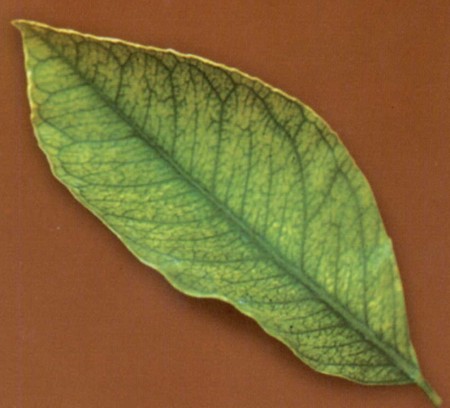Fe (iron) is essential for photosynthesis
It is also essential for chlorophyll synthesis, although not a structural part of it.
 | ||
| Chlorosis of leaf base, interveinal chlorosis | Overall chlorosis | Bleaching, necrotic spots may appear |
- Symptoms appear on younger leaves first.
- If leaves are not bleached yet, iron application can reverse the visible symptoms
 Conditions that give rise to iron deficiency
Conditions that give rise to iron deficiency
- Alkaline or calcareous soils - Iron availability decreases at pH above 7
- Excessive liming
- Poor drainage
- High concentrations of metallic ions in the soil or nutrient solution.
- Manganese toxicity
Factors affecting iron availability ♦ Composition of the nutrient solution (synergy / antagonism) ♦ Chelating agent ♦ pH ♦ Temperature |  |
| Phosphorus, Calcium, Zinc, Copper and Manganese interfere with iron uptake | |
| Potassium facilitates iron uptake |
Stability of iron chelates
- To ensure stability in the nutrient solution, iron should be applied in a chelated form
- Select a chelate that suits pH level of the solution and the soil
Stability of iron chelates
♦ To ensure stability in the nutrient solution, iron should be applied in a chelated form ♦ Select a chelate that suits pH level of the solution and the soil |  |
pH management
 | pH level in the drip line should be 5-6, depending on the crop. If necessary, use some acid or alkaline fertilizers to adjust the pH. | |
| Adjust the pH of the solution in the fertilizer tank to the stability range of the specific chelate. |  | If the pH is above 6, add some ammonium-based fertilizer such as Haifa MAP to the nutritional program. |

Temperature
At low temperature iron uptake is
slowed down
♦ Consider heating of the root zone using heating pipes
♦ Heat the nutrient solution if practical
♦ When iron uptake by roots is inefficient, iron fertilizers may be applied by foliar spray
Haifa’s Iron fertilizers
Iron chelates | Formulae contain iron | Use to prevent Fe precipitation with P |
 |
Avocado: micro nutrients - Fe (iron)
Cherry: micro nutrients - Fe (iron)



Cotton: micro nutrients - Fe (iron)
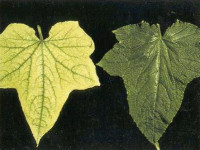
Potato: micro nutrients - Fe (iron)
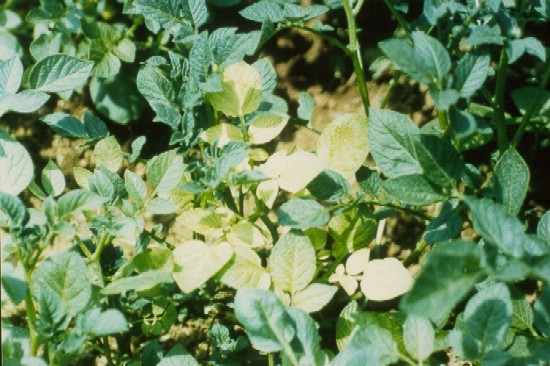
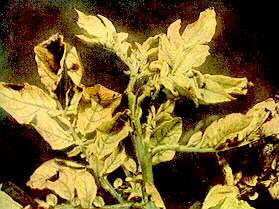
Apple: Micro nutrients - Fe (iron)
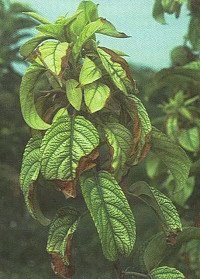

Banana: Micro nutrients - Fe (iron)

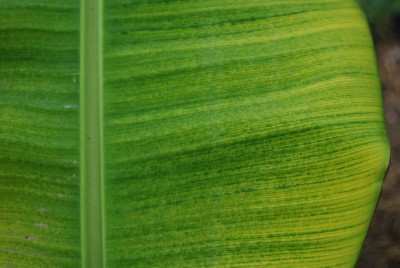


Bluberry : Micro nutrients - Fe (iron)

Broccoli: Micro nutrients - Fe (iron)
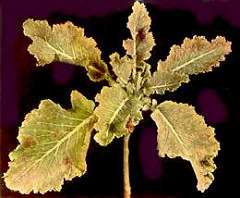
Cabbage: Micro nutrients - Fe (iron)
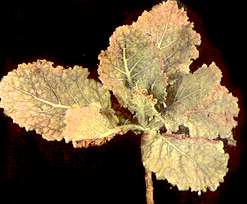
Citrus: Micro nutrients - Fe (iron)
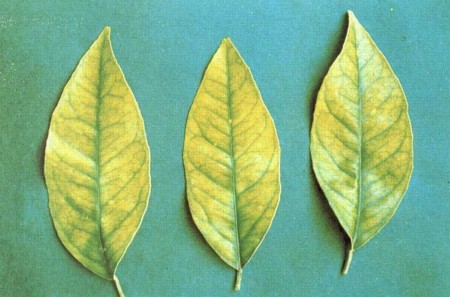
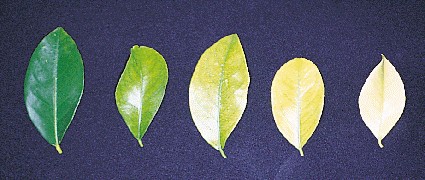
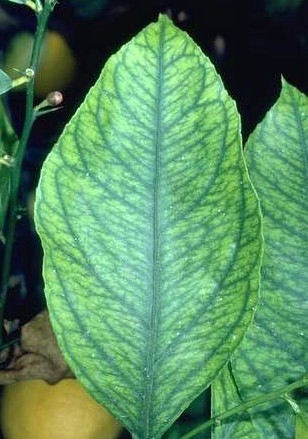
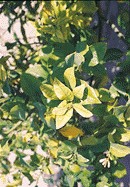
Corn: micro nutrients - Fe (iron)
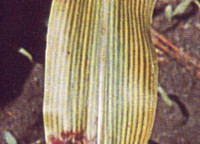
Cucumber: Micro nutrients - Fe (iron)
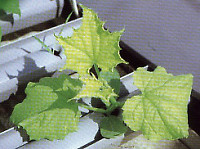
Grapes-table: Micro nutrients - Fe (iron)
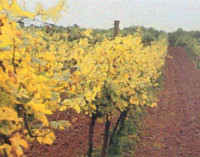
Lemon: Micro nutrients - Fe (iron)
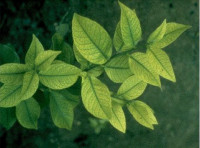
Lychee: Micro nutrients - Fe (iron)



Pepper: Micro nutrients - Fe (iron)
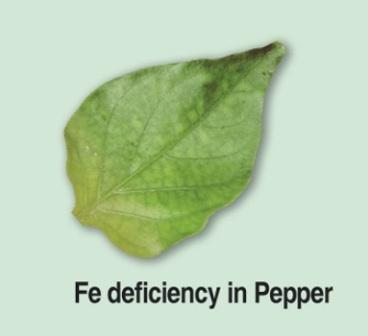
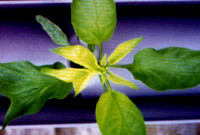
Raspberry: Micro nutrients - Fe (iron)
Development of iron deficiency chlorosis on raspberry leaves, left to right





Strawberry: Micro nutrients - Fe (iron)


Tomato: Micro nutrients - Fe (iron)

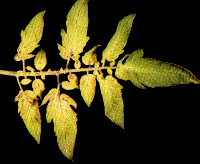
Vine: Micro nutrients - Fe (iron)



For more information visit our iron deficiency in plants and soils!






